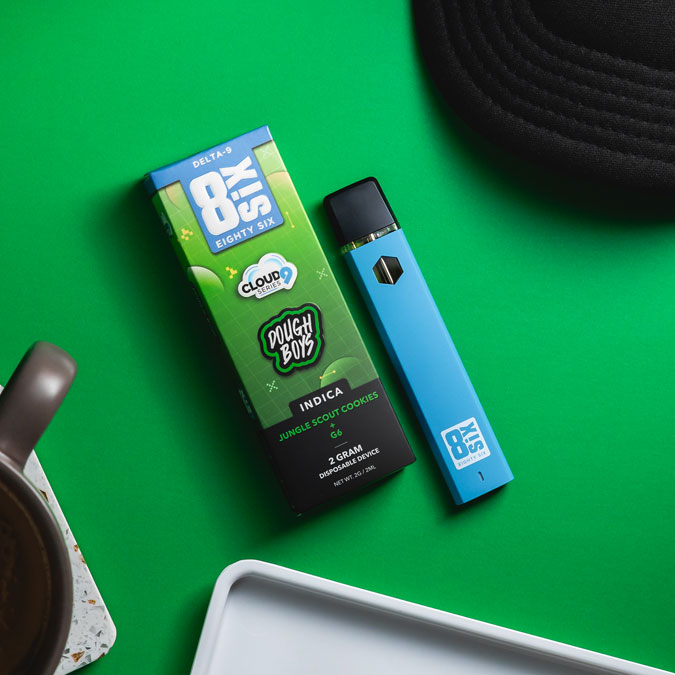THC-P, a new type of cannabinoid, may pack a power 33% stronger than traditional THC.

The Endocannabinoid System and THC-P
Cannabis uses are far and wide, from mind-altering effects to symptom relief. What if we didn’t have a system to process it? This is where the endocannabinoid system comes into play, serving a crucial role in regulating core aspects of biology. Discovered in the late 1980s and early 1990s, it consists mainly of endocannabinoids and their receptors. The different pieces work together to modulate everything from sleep to mood, memory, appetite, reproduction, and pain sensation. THC-P binds more effectively to the components that build this system.
The human endocannabinoid system comprises three primary components: cannabinoid receptors, endocannabinoids, and metabolic enzymes. Cannabinoid receptors are situated on the surface of cells. They monitor the external environment to send signals to the inside of the cell, initiating an appropriate cellular response.
Our brains have two main receptors for processing THC-P and traditional cannabis. The brain contains a high concentration of CB1 receptors, which are responsible for the interaction with THC. CB2 receptors are found outside of the nervous system. These relate to sensation and anti-inflammatory effects.
The Magic Number: Thirty Three and THC-P
Specifically, THCP is 33 times more active than THC on the CB1 receptor and 5-10 times more active than THC on the CB2 receptor. This is likely because of THCP’s extended seven-atom side chain. The effects of THCP are similar to THC, but more potent.
Users have described the effects of THCP as “psychedelic-like,” with heightened perception of sounds and colors, a less common occurrence with traditional THC. THCP users generally report feeling relief from stress, relaxed, an increase in appetite, and experiencing a strong mental and physical buzz. This is because of it’s ability to bind to our receptors thirty-times more strongly!
So what does that mean? According to a study by Leafly, “The length of this side chain has been shown to play a vital role in the effects THC exerts over the body’s CB1 receptors (brush up on your knowledge of the body’s endocannabinoid system here).”
This doesn’t necessarily mean you will get thirty-three times more high, but you may feel things a little more intensely, so be safe with your dosing!
Conclusion
The ability to discover and create new cannabinoids gives people more ways to access the effects of THC-P. According to one scientific study from SagePub, “Classical cannabinoids, including both natural product and semisynthetic derivatives that have been described in this review, have ushered the development of nonclassical synthetic cannabinoids” such as THC-P.
THC-P and delta-9 THC produce euphoric psychoactive effects and offer various therapeutic and mood-boosting benefits. However, THC-P is more potent than delta-9 due to its chemical structure. Also, THC-P is fully federally legal, while Delta 9-THC derived from marijuana is a Schedule 1 controlled substance.
Eighty Six has a plethora of products to choose from and we’d love for you to try them out! Let us know how it feels to have a stronger buzz, a butter high, and some new tasty flavors from Eighty-Six.




